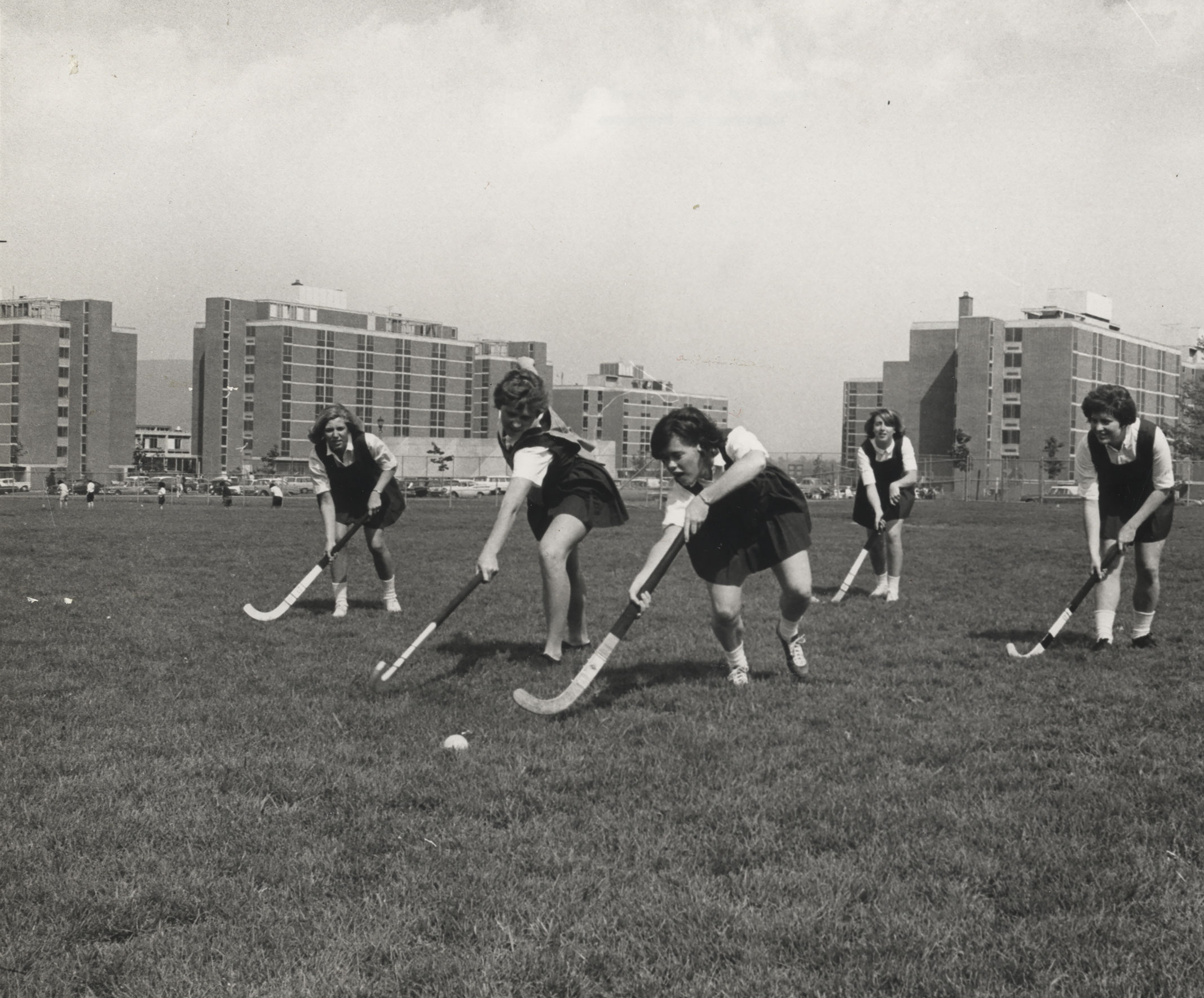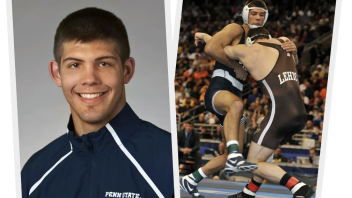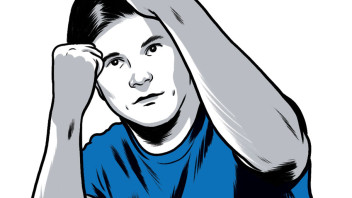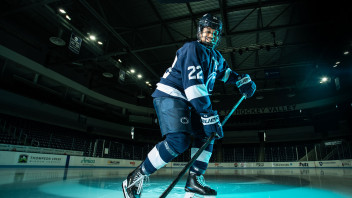The Long Game
From our November/December 2014 issue: They were categorized as “extramurals.” They were discouraged from being too competitive. They made their own pregame meals. Fifty years after the humblest of beginnings, Penn State’s first women athletes look back on the their time as unwitting pioneers.




